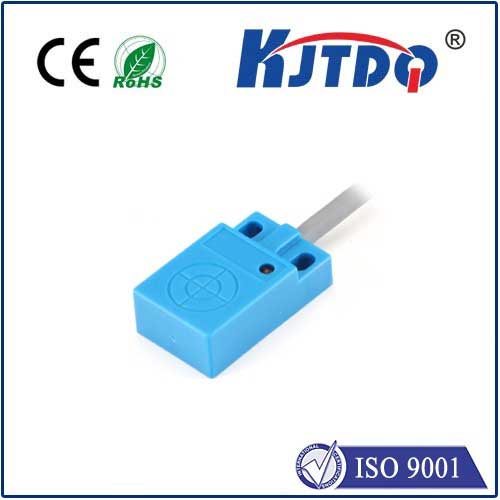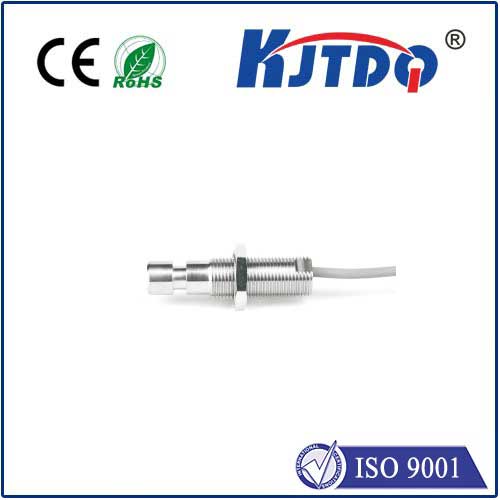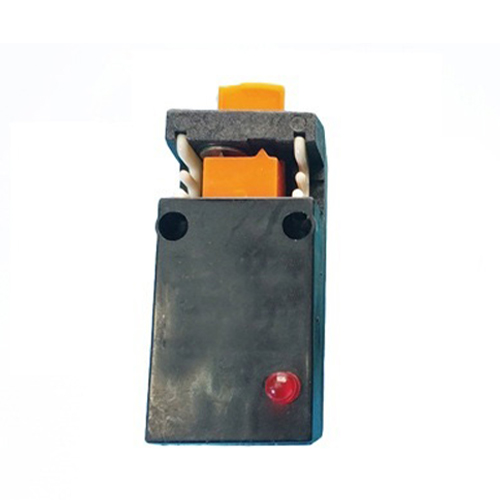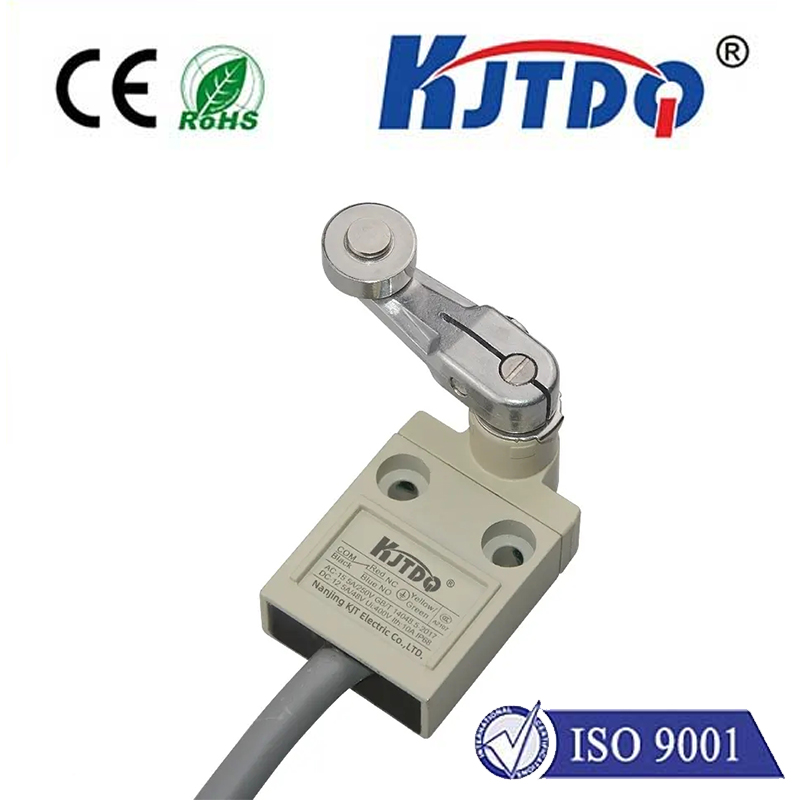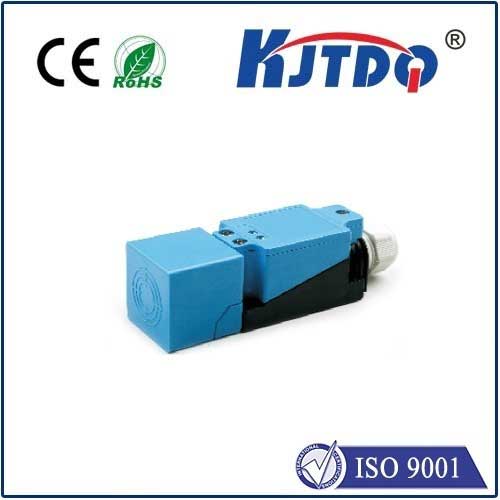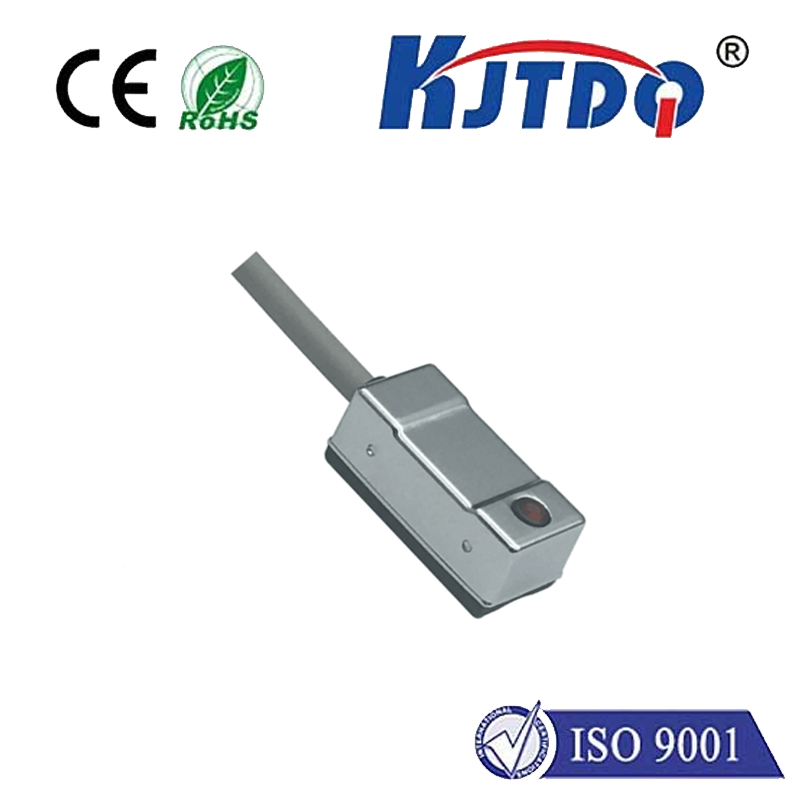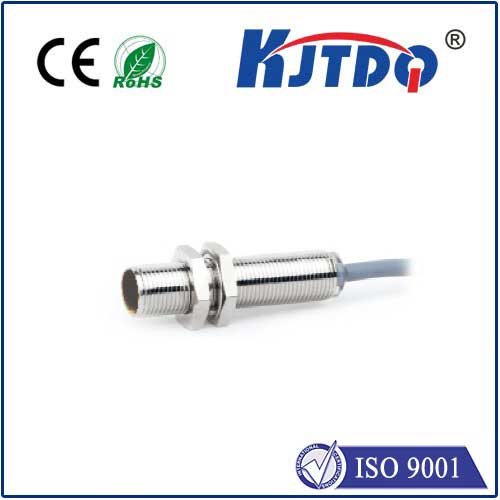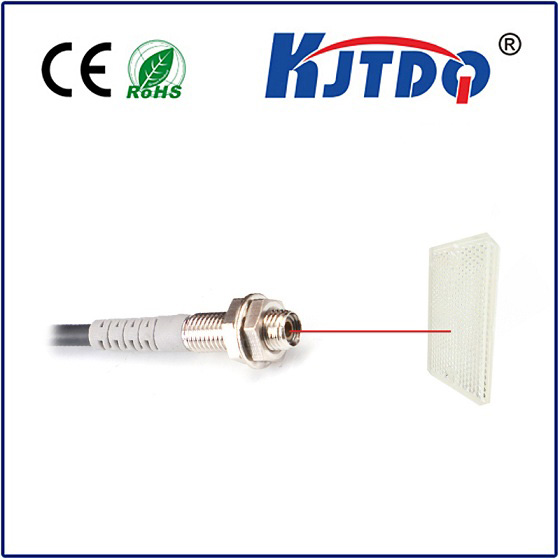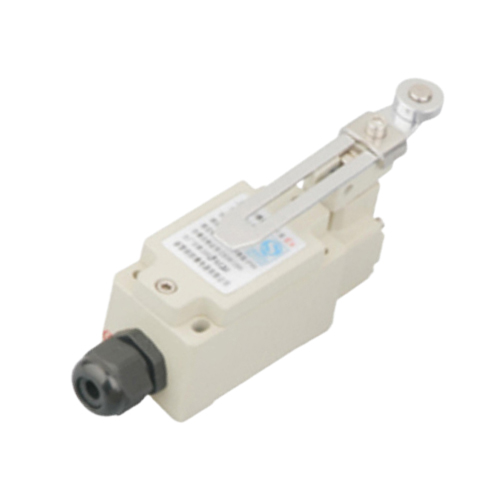

check

check

check

check

check

check

check

check

check

check
In the ever-evolving landscape of automotive technology, advancements continually aim to enhance safety, comfort, and efficiency for drivers and passengers. One such innovation that has significantly impacted modern automobiles is the AC proximity sensor, also known as an adaptive cruise control (ACC) sensor. This article delves into its functionalities, benefits, and future prospects.
An AC proximity sensor is a crucial component of adaptive cruise control systems found in many contemporary vehicles. Unlike traditional cruise control, which maintains a set speed regardless of traffic conditions, the ACC system uses radar or lidar-based proximity sensors to detect the distance between the host vehicle and the one ahead. By continuously monitoring this gap, the system can automatically adjust the car’s speed to maintain a safe following distance, even in stop-and-go traffic.
Enhanced Safety: One of the primary advantages of AC proximity sensors is the heightened level of safety they offer. By maintaining a consistent and appropriate distance from the vehicle ahead, the risk of rear-end collisions is significantly reduced. In situations where sudden braking is required, the system can respond more quickly than a human driver, thereby preventing potential accidents.

Increased Comfort: Adaptive cruise control adds a layer of convenience that simplifies long drives and heavy traffic situations. Drivers no longer need to constantly monitor and adjust their speed; instead, they can relax and let the system do the work. This feature is particularly beneficial during highway driving or in congested urban areas, where frequent speed adjustments would otherwise be tiring and stressful.
Fuel Efficiency: AC proximity sensors aid in better fuel economy by promoting smoother and more consistent driving patterns. The system’s ability to maintain an optimal speed reduces unnecessary accelerations and decelerations, resulting in lower fuel consumption. Over time, this can lead to significant savings on gas expenses while also contributing to a reduction in carbon emissions.
Technological Integration: Modern AC proximity sensors are designed to integrate seamlessly with other advanced driver-assistance systems (ADAS). For instance, they can work alongside lane-keeping assist and automatic emergency braking to provide a comprehensive suite of safety features. This integration not only enhances the driving experience but also prepares vehicles for the autonomous driving technologies of the future.
The future holds exciting possibilities for AC proximity sensors as part of broader developments in automotive technology. Researchers and engineers are continuously working to refine these systems, making them more accurate, reliable, and cost-effective. With the advent of 5G connectivity, vehicles could share real-time data with each other and surrounding infrastructure, further enhancing the capabilities of adaptive cruise control. Additionally, advancements in artificial intelligence and machine learning will enable even smarter and more intuitive ACC systems. These innovations may allow vehicles to anticipate road conditions and make proactive adjustments, bringing us closer to fully autonomous driving.
AC proximity sensors represent a significant leap forward in automotive technology, offering enhanced safety, comfort, and fuel efficiency. As these systems continue to evolve and integrate with other cutting-edge technologies, they promise to play a vital role in shaping the future of transportation. Whether you are commuting to work, embarking on a long road trip, or navigating through busy city streets, the presence of adaptive cruise control equipped with advanced proximity sensors ensures a safer and more enjoyable driving experience.
